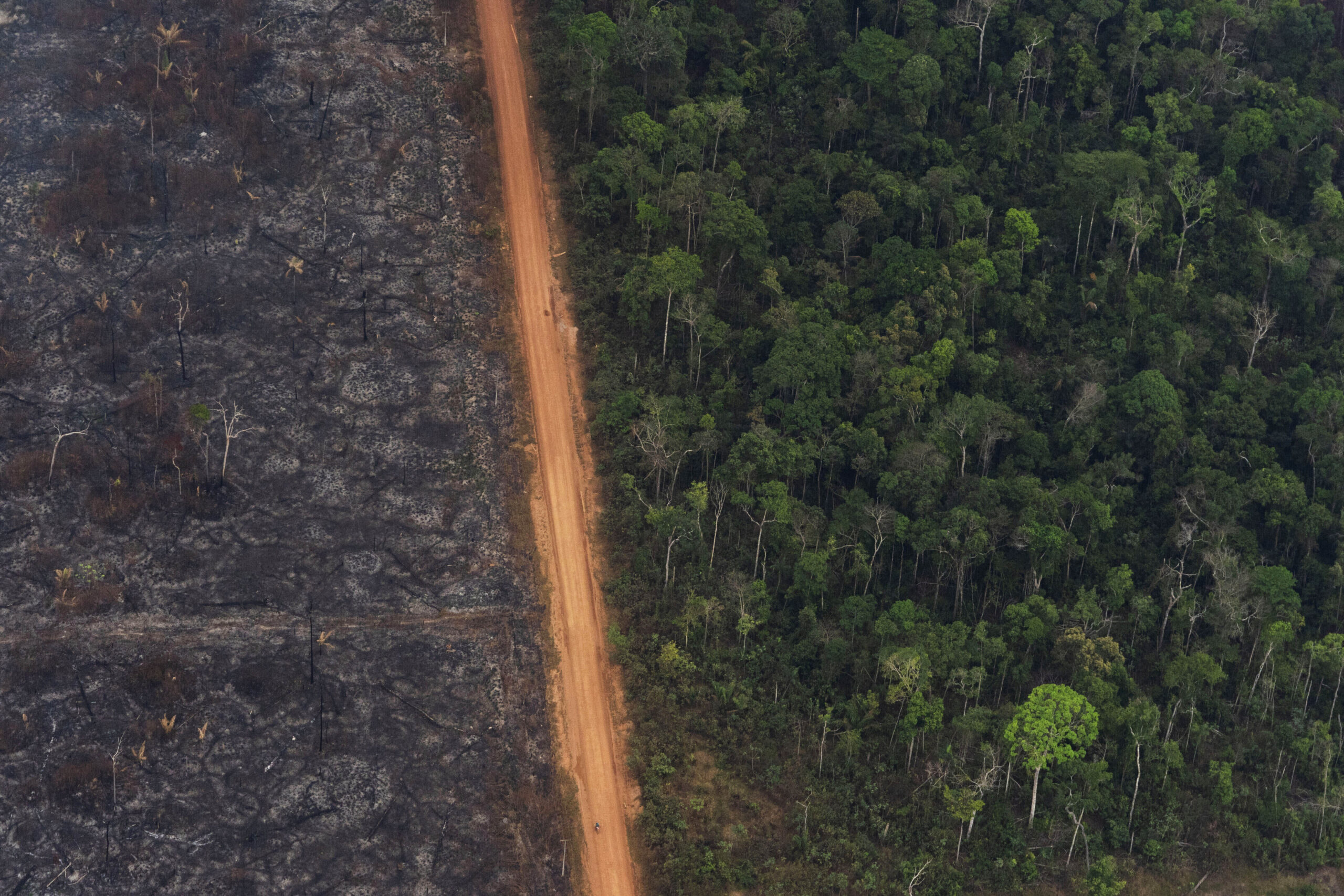A greenhouse is a small building with glass walls and a glass roof. When the sun’s light comes into the building, the heat from the sun is absorbed.
Glass is an insulator, meaning it is difficult for heat to travel through it, and it also easily lets light in. Because of this, it’s a good material for letting light into the greenhouse where it is converted to heat by the plants and the black objects. This heat then gets transmitted back into the air, but it can’t escape the greenhouse.
The Earth acts similarly. The whole greenhouse thing happens in its atmosphere. Earth has five layers that make up its atmosphere: Troposphere, stratosphere, mesosphere, thermosphere and exosphere.
The troposphere goes from the ground to about 7.5 miles above the ground. The heat in this layer is generally the transfer of energy from the surface. In between this layer and the next is where airplanes fly.
The stratosphere goes from 7.5 miles to 31 miles above the ground. This is where the Earth’s infamous ozone layer is. The sun emits harmful energy called ultraviolet radiation, which is absorbed by the ozone layer. UV radiation harms our skin and can lead to cancer. This layer is also important for the greenhouse effect.
The mesosphere goes from 31 miles to 50 miles above the ground. The upper part of this layer is the coldest place found in Earth’s atmosphere.
The thermosphere goes from 50 miles to 440 miles above the ground. The lower part of this layer has the ionosphere. The ionosphere is where a bunch of electrons can be found.
The exosphere goes from 440 miles to 6,200 miles above the ground. Particles in this layer escape into space. Beyond this layer is space.
Greenhouse gases such as water vapor (the gaseous version of water), carbon monoxide, methane, ozone, nitrous oxide and chlorofluorocarbons are heat-trapping gases in the troposphere. They stop heat from escaping the Earth’s atmosphere. And actually, chlorofluorocarbons (also known as CFCs) created holes in the ozone layer up in the stratosphere. This led to a higher chance of UV radiation coming into Earth and damaging us. Luckily, we have decreased emissions of CFCs. Burning fossil fuels leads to an increase in CO2, which has led to an increase in the average temperature of the Earth. This is called global warming.
Global warming is such a huge issue because there are many species across the world that won’t be able to survive under such high temperatures.
Vaageesha Das is a junior at Morgantown High School.
TWEET @DominionPostWV




